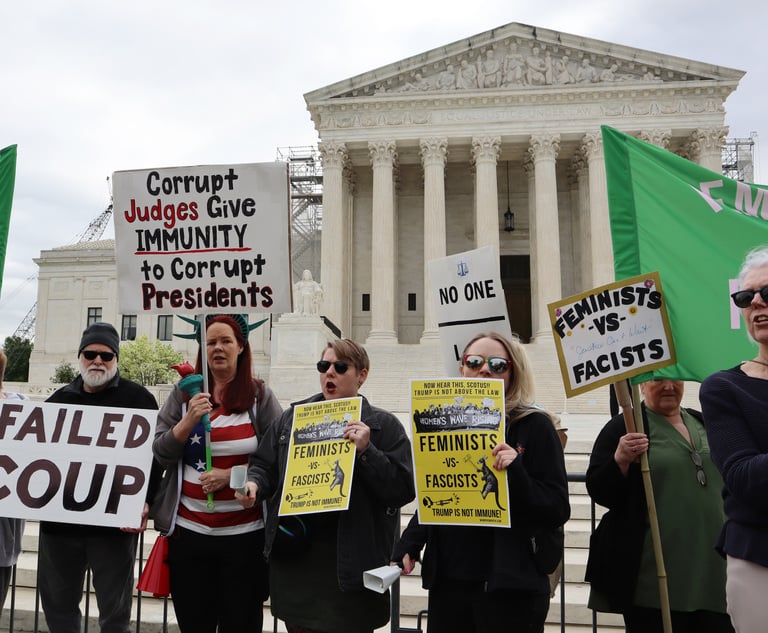Materiality is a critical, often hotly contested, issue in criminal securities fraud prosecutions. In addition to arguing that particular statements were not false, or that particular statements were believed to be true, a defendant commonly argues that the statements at issue were not material to a reasonable investor, and thus do not give rise to a violation of the securities laws.
Materiality—and the related issues of how the government seeks to prove materiality, and how the defense seeks to counter proof of materiality—lies at the heart of a series of important, closely related Second Circuit decisions, beginning with United States v. Litvak, 808 F.3d 160 (2d Cir. 2015) (Litvak I), continuing with United States v. Litvak, 889 F.3d 56 (2d Cir. 2018) (Litvak II), and concluding most recently (in September 2019) with United States v. Gramins, 939 F.3d 429 (2d Cir. 2019). In each of these cases, the defendants—dealers in residential mortgage-backed securities (RMBS)—were accused of defrauding buyers and sellers of RMBS by misrepresenting the prices at which a purchase or sale could be effected, and thereby increasing the profit to the dealers. The decisions in each case turned on whether evidence relating to materiality was properly excluded or admitted at trial.


 Elkan Abramowitz and Jonathan Sack
Elkan Abramowitz and Jonathan Sack




